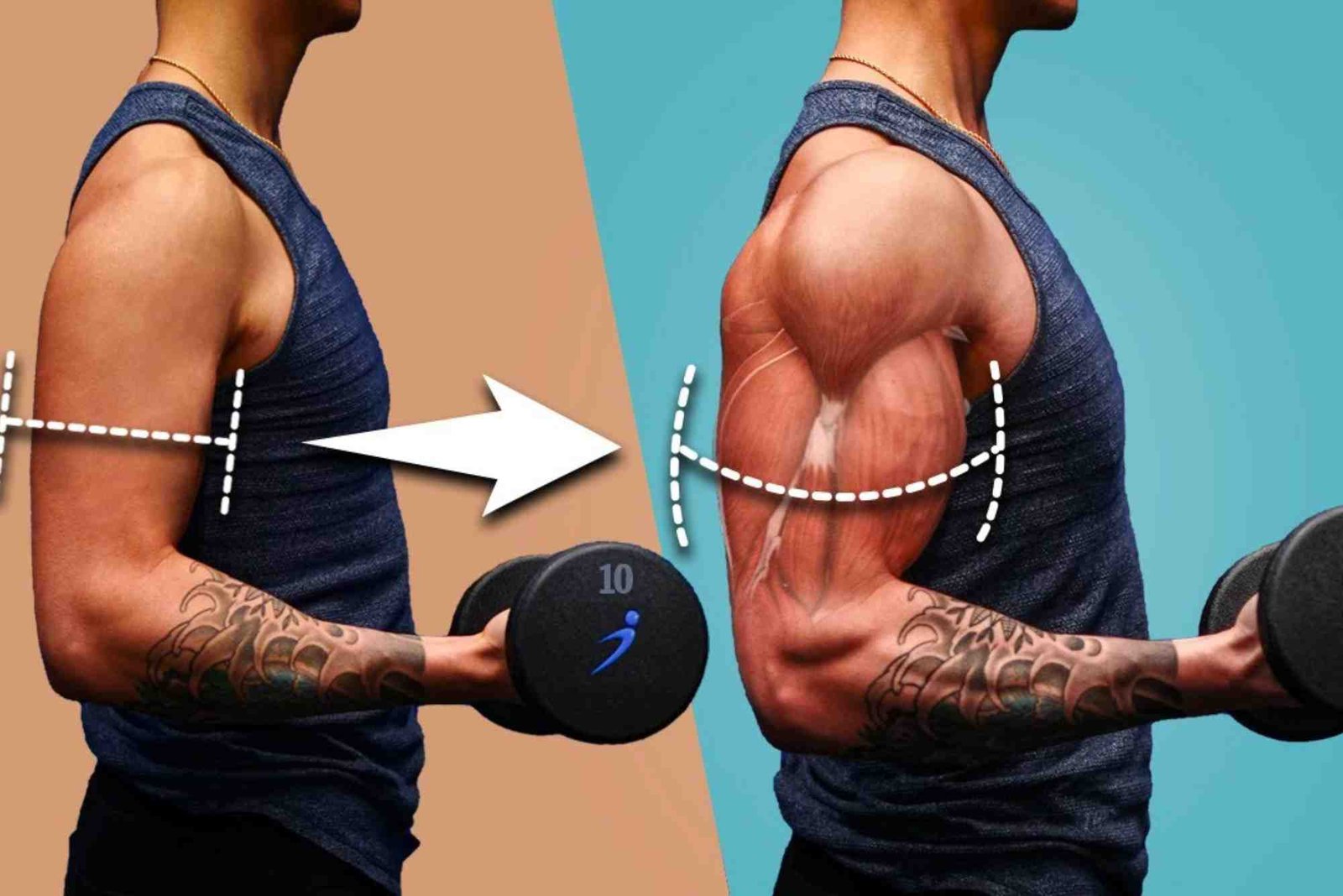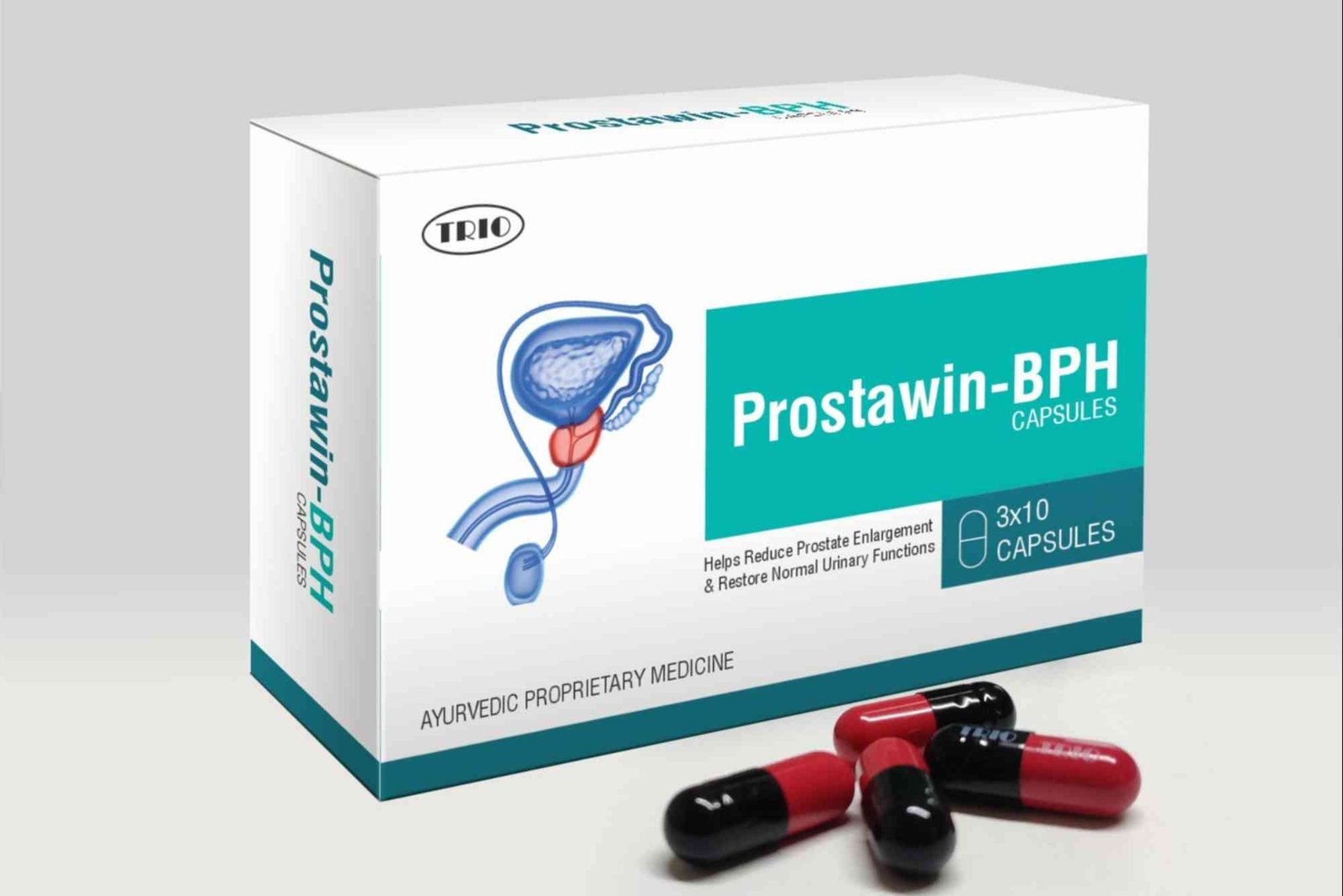Introduction
Building strength in the gym is more than lifting heavy weights — it’s about smart training, proper nutrition, and consistent recovery. If you’ve ever wondered how to gain strength in gym effectively, this complete guide will walk you through everything from workout techniques to mindset tips that actually work. Whether you’re a beginner or experienced lifter, you’ll discover what truly drives progress and how to sustain it.
Understanding Strength Training
Strength training is the foundation of physical fitness. It improves muscle performance, boosts metabolism, and enhances endurance. Gaining strength involves more than muscle size — it’s about training your nervous system to recruit more muscle fibers efficiently.
When you first start lifting, your body adapts by improving coordination between the brain and muscles. This neural adaptation happens before visible muscle growth, which is why strength often increases quickly during the early weeks of training.
Setting Realistic Goals
Before diving into heavy lifting, define your goals. Are you training to build overall strength, increase performance in a sport, or enhance physique? Setting clear and measurable goals helps track progress and stay motivated. Start by recording your baseline lifts — such as squat, bench press, and deadlift — then set progressive targets every few weeks.
How To Gain Strength In Gym — Step-by-Step Approach
Focus on Compound Movements
Compound exercises are the cornerstone of strength building. Movements like squats, deadlifts, bench presses, and overhead presses engage multiple muscle groups and joints. These lifts stimulate greater muscle activation and hormonal response, leading to faster strength gains.
Always start your session with compound lifts while your energy levels are highest. This ensures better form and performance. Beginners can start with lighter weights to learn correct movement patterns before progressing to heavier loads.
Apply Progressive Overload
The principle of progressive overload is simple yet powerful: to gain strength, gradually increase the stress on your muscles over time. You can achieve this by adding more weight, increasing reps, or improving technique.
For instance, if you’re benching 100 pounds for eight reps today, aim for nine or ten next week before adding more weight. Consistent, small increases create sustainable progress without risking injury.
Prioritize Proper Form
Poor form leads to plateaus and injuries. Correct technique ensures the right muscles are engaged and prevents unnecessary strain on joints. Take time to learn proper mechanics from credible sources such as ACE Fitness.
Use mirrors or ask a coach to evaluate your form. Quality movement always outweighs the temptation to lift heavier. Remember, perfecting your form is part of mastering strength.
Balance Training Volume and Intensity
Overtraining can stall progress as much as undertraining. Strength training requires finding the right balance between volume (sets and reps) and intensity (weight load). Typically, training each major lift two to three times per week with adequate rest between sessions produces optimal strength gains.
Alternate heavy, moderate, and light days to allow muscles and the nervous system to recover. For example, perform heavy squats on Monday, moderate on Wednesday, and light technique-focused work on Friday.
Don’t Neglect Recovery
Recovery is where growth happens. Without enough rest, your muscles can’t rebuild stronger. Prioritize quality sleep, hydration, and nutrition. Aim for at least seven hours of sleep per night and include a mix of protein, carbohydrates, and healthy fats in your diet.
Active recovery — like light walking or stretching — can also aid muscle repair and prevent soreness.
Nutrition for Strength Gains
Nutrition plays a massive role in strength development. You can’t out-train a poor diet. Fueling your body with the right nutrients ensures your muscles get what they need to recover and grow stronger.
Eat Enough Protein
Protein supports muscle repair and growth. Aim for 1.6–2.2 grams of protein per kilogram of body weight daily. Good sources include chicken, fish, eggs, lentils, and Greek yogurt. Distribute protein evenly throughout the day for maximum absorption.
Prioritize Complex Carbohydrates
Carbs are your body’s main energy source during workouts. Choose whole grains, oats, brown rice, and fruits for sustained energy. Pre-workout carbs help you lift heavier and recover faster afterward.
Include Healthy Fats
Fats regulate hormones, including testosterone, which supports muscle strength. Incorporate avocados, nuts, seeds, and olive oil into your meals to maintain hormonal balance.
Mental Focus and Consistency
Strength training isn’t just physical; it’s also mental. Staying consistent requires discipline and mindset. Track your progress, celebrate small wins, and stay patient with the process. Strength gains take time, but persistence pays off.
Visualization techniques also help. Picture yourself completing a challenging lift — this primes your brain for success and improves performance.
Common Mistakes to Avoid
Even experienced gym-goers make mistakes that slow progress. Avoid these pitfalls if you want to gain strength efficiently:
- Lifting with ego instead of technique
- Skipping warm-ups or cool-downs
- Ignoring mobility and flexibility work
- Training without a structured program
- Inconsistent rest and recovery
Following a balanced and realistic plan helps you train smarter, not just harder.
Sample Strength Training Routine
Here’s an example of a weekly structure for building strength effectively:
(Lower Body Focus)
- Squats
- Romanian Deadlifts
- Walking Lunges
- Calf Raises
(Upper Body Push)
- Bench Press
- Overhead Press
- Incline Dumbbell Press
- Triceps Dips
(Rest or Active Recovery)
(Upper Body Pull)
- Deadlift
- Pull-Ups or Lat Pulldowns
- Barbell Rows
- Bicep Curls
(Full-Body or Core Focus)
- Front Squats
- Push Press
- Planks and Hanging Leg Raises
Adjust weights and reps based on your experience. Always warm up and cool down properly.
Tracking Progress
To see tangible improvements, record your workouts. Keep a log of sets, reps, and weights used. Over time, this helps you identify patterns and measure performance increases.
Apps and fitness journals make tracking easy, but even a simple notebook works. Reviewing past workouts can be incredibly motivating when you realize how much stronger you’ve become.
Expert Insight: Trust the Process
Building strength isn’t a sprint — it’s a lifelong journey. Every session adds up, even on days when progress feels slow. Remember that rest, nutrition, and mindset matter just as much as lifting itself.
For a deeper look into proven training strategies, check out this complete how to gain strength in gym guide for more detailed insights and examples.
FAQs
How long does it take to gain strength in the gym?
Most people notice significant strength improvements within 8 to 12 weeks of consistent training, depending on diet, effort, and recovery.
Should I lift heavy or light to gain strength?
For strength, prioritize lifting heavier weights with fewer reps (around 4–6 per set). Focus on progressive overload while maintaining perfect form.
Can beginners gain strength fast?
Yes. Beginners often experience rapid “newbie gains” as their body adapts to new movements and neural pathways become more efficient.
Is it okay to train every day?
Not for strength training. Your muscles need rest to recover. Train major lifts 3–4 times a week and include rest days between sessions.
Do I need supplements to gain strength?
Not necessarily. Whole foods are enough for most lifters, but protein powder and creatine can be helpful when combined with a balanced diet.
Learning how to gain strength in gym comes down to consistent effort, proper form, smart nutrition, and recovery. By applying the principles above, you’ll build lasting strength that enhances both performance and confidence.
Ready to take your training to the next level? Read the complete how to gain strength in gym guide or browse more sports & fitness articles for expert tips, programs, and advice tailored to your goals.








